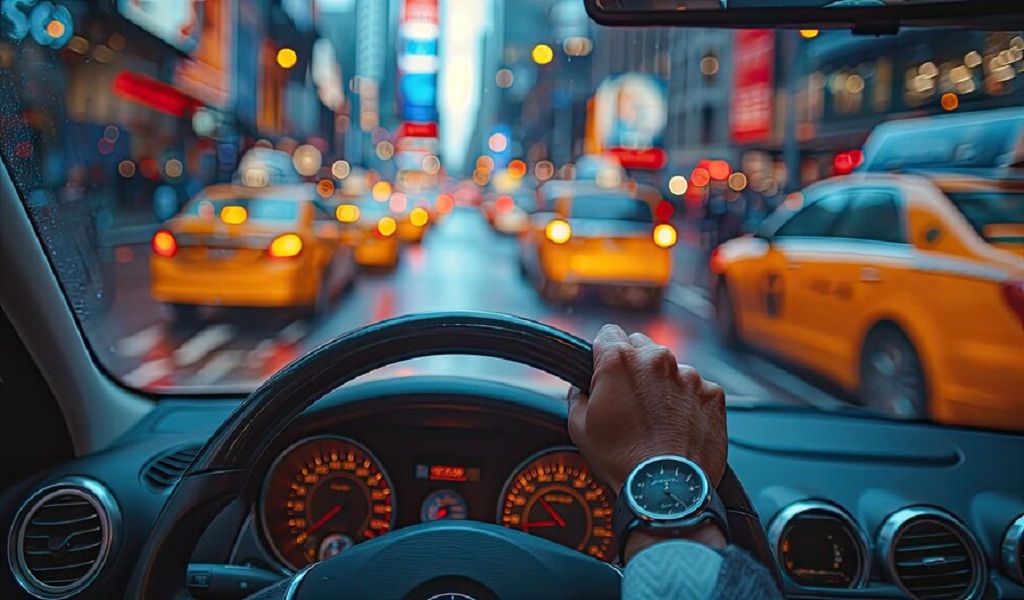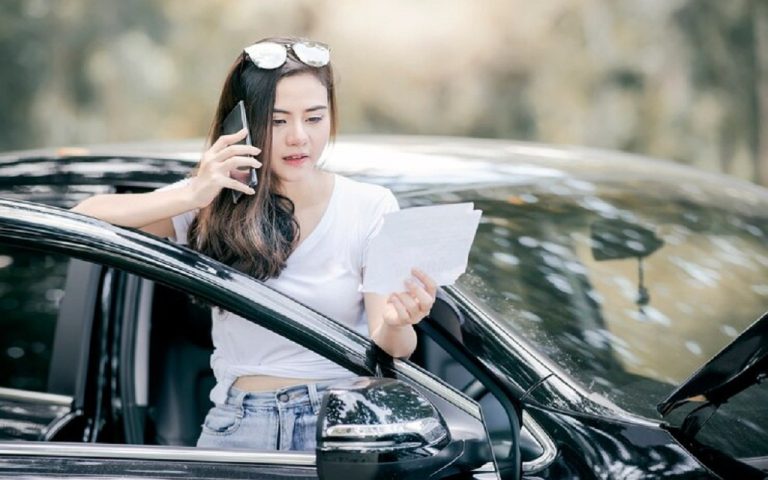Safe driving is a critical concern for motorists in California, which is notable for its diverse road conditions and heavy traffic. One of the most fundamental principles of defensive driving is maintaining a safe following distance. This is where the three-second rule comes into play.
The three-second rule is a general guideline, not a strict law, that suggests maintaining at least three seconds of distance between your vehicle and the one in front of you. This distance gives you enough time to react to immediate stops or other hazards.
What is the Three-Second Rule?
The 3-second rule is a simple yet effective guideline that suggests drivers should maintain at least three seconds of distance between their car and the vehicle in front of them. This rule is based on a driver’s average reaction time to an unexpected situation.
How to Apply the Three-Second Rule?
To implement the three-second rule:
- Identify a fixed object: Choose a stationary point on the road, such as a sign, overpass, or utility pole.
- Start counting: As the vehicle before you pass the chosen object, begin counting to three.
- Maintain distance: Your vehicle should pass the same object at least three seconds after the car in front of you.
If you pass the object before reaching three seconds, follow it more closely. Slow down to create a safer distance. If you pass the object after three seconds, you can safely increase your speed slightly.
Why is the three-second rule important?
Maintaining a safe following distance offers several crucial benefits:
- Increased reaction time: The extra space allows drivers more time to react to sudden stops, swerves, or other hazards.
- Reduced risk of accidents: By following the three-second rule, drivers significantly lower their chances of being involved in rear-end collisions.
- Improved overall safety: A safe following distance contributes to a smoother traffic flow and reduces stress levels for all drivers on the road.
Factors Affecting Following Space
While the 3-second rule is a common public guideline, it’s essential to adjust your following distance based on various factors:
- Weather conditions: Rain, snow, or fog significantly reduce visibility, necessitating a longer following distance.
- Road conditions: Wet or icy roads can impact vehicle control, requiring increased caution and space.
- Traffic congestion: Heavy traffic often demands closer following distances, but safety is always prioritized.
- Vehicle type: Larger vehicles may require more stopping distance.
- Speed: Higher speeds demand a longer following distance to maintain adequate reaction time.
Beyond the Three-Second Rule
While the three-second rule is a valuable tool, it’s essential to combine it with other defensive driving techniques:
- Scan the road ahead: Continuously observe traffic conditions and be prepared for potential hazards.
- Maintain a safe speed: Avoid excessive speeding, as it increases stopping space and reduces reaction time.
- Use turn signals: Signal your intentions well in advance to alert other drivers.
- Avoid distractions: Refrain from using cell phones or other devices while driving.
Summary!
Incorporating the three-second rule into your driving habits and practicing defensive driving principles can significantly enhance your safety on California’s roads. Remember, safety is everyone’s responsibility. Although there is no strict law, following this rule can dramatically reduce the risk of accidents.
Remember: This rule is an essential safety measure. In bad weather situations like rain, snow, and fog, or driving at higher speeds, increasing the distance to four or five seconds is recommended.




